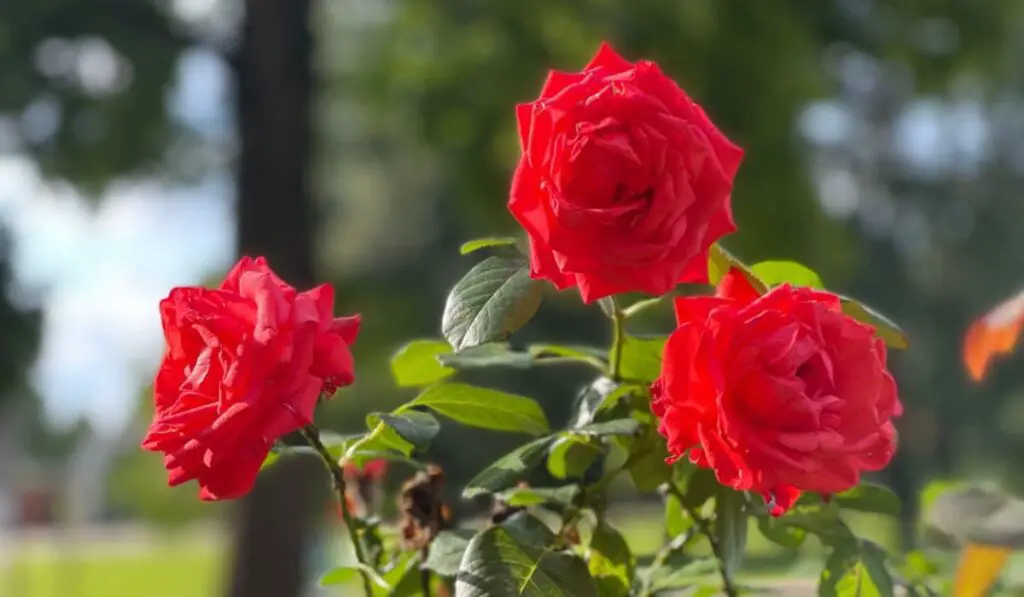Introduction
The China Rose, or Hibiscus rosa-sinensis, is a stunning and vibrant flowering plant renowned for its large, colorful blooms and lush foliage. Native to tropical regions, it’s a popular choice for gardeners seeking to add a splash of exotic beauty to their landscapes. Whether you’re a seasoned horticulturist or a beginner green thumb, keeping your China Rose plants healthy and thriving year-round requires some specific care techniques. In this guide, we’ll delve into essential tips and best practices to ensure your China Rose continues to flourish throughout all seasons.
1. Understanding the China Rose Plant
Before diving into care specifics, it’s important to understand the China Rose’s basic needs. This tropical plant thrives in warm climates and requires specific conditions to perform optimally. Understanding these requirements helps in creating the ideal environment for your China Rose to thrive.
2. Optimal Light Conditions
China Roses flourish in bright, indirect sunlight. Ideally, they should receive at least 4-6 hours of sunlight each day. If grown indoors, place them near a south-facing window where they can get plenty of light. In outdoor settings, choose a location with partial shade, especially in areas where the midday sun can be intense. Too little light can lead to poor flowering and leggy growth, while too much direct sunlight may cause leaf scorch.
3. Soil Requirements and Fertilization
The right soil is crucial for the health of your China Rose. They prefer well-draining soil with a slightly acidic to neutral pH (6.0-7.0). A mix of potting soil with perlite or sand can enhance drainage and prevent waterlogging. Regular fertilization is essential to support continuous blooming and robust growth. Use a balanced, water-soluble fertilizer every 4-6 weeks during the growing season (spring and summer). Reduce feeding during the fall and winter months when the plant’s growth slows down.
4. Watering Practices
Proper watering is key to maintaining a healthy China Rose. These plants like consistent moisture but dislike soggy soil. Water your China Rose when the top inch of soil feels dry. In warmer months, this might mean watering every 2-3 days, while in cooler weather, the frequency may decrease. Ensure that the pot or garden bed has good drainage to prevent root rot. It’s best to water in the morning to allow the plant to dry off before cooler evening temperatures set in.
5. Temperature and Humidity
China Roses thrive in warm temperatures ranging from 60°F to 85°F (15°C to 30°C). They are sensitive to frost, so if you live in a region with cold winters, it’s advisable to bring them indoors or provide protection. Humidity is another factor to consider; China Roses prefer higher humidity levels. Regular misting or placing a humidity tray near the plant can help maintain the necessary moisture in the air. In drier climates, especially during winter, using a humidifier can also be beneficial.
6. Pruning and Deadheading
Pruning is important for maintaining the shape and health of your China Rose. Regularly remove dead or yellowing leaves, as well as spent blooms, to encourage new growth and prolong the flowering period. Prune your plant after the blooming season to shape it and remove any overgrown or crossing branches. This practice helps improve air circulation and reduces the risk of disease.
7. Pest and Disease Management
China Roses can be susceptible to a range of pests and diseases, including aphids, spider mites, and whiteflies. Regularly inspect your plants for signs of infestation. Use insecticidal soap or neem oil as a natural remedy to control pests. Fungal diseases, such as powdery mildew or leaf spot, can occur in humid conditions. Ensure proper spacing between plants for good air circulation and avoid overhead watering to minimize disease risks. Removing affected leaves and using appropriate fungicides can help manage these issues.
8. Winter Care
In colder climates, winter can be a challenging time for China Roses. If growing indoors, place your plant in a sunny spot and reduce watering as the plant’s growth slows down. Keep the indoor environment humid and avoid placing the plant near drafts or heating vents. For outdoor plants, mulch around the base to insulate the roots and protect them from freezing temperatures. If necessary, cover the plant with a frost cloth during severe cold spells.
Conclusion
Caring for China Roses involves understanding their specific needs and providing the right conditions to support their growth and blooming. By ensuring proper light, soil, water, temperature, and humidity, and by staying vigilant against pests and diseases, you can enjoy a vibrant and flourishing China Rose plant throughout the year. With these tips, you’ll be well on your way to creating a stunning display of color and beauty in your garden or home, making your China Rose a standout feature in any setting.


